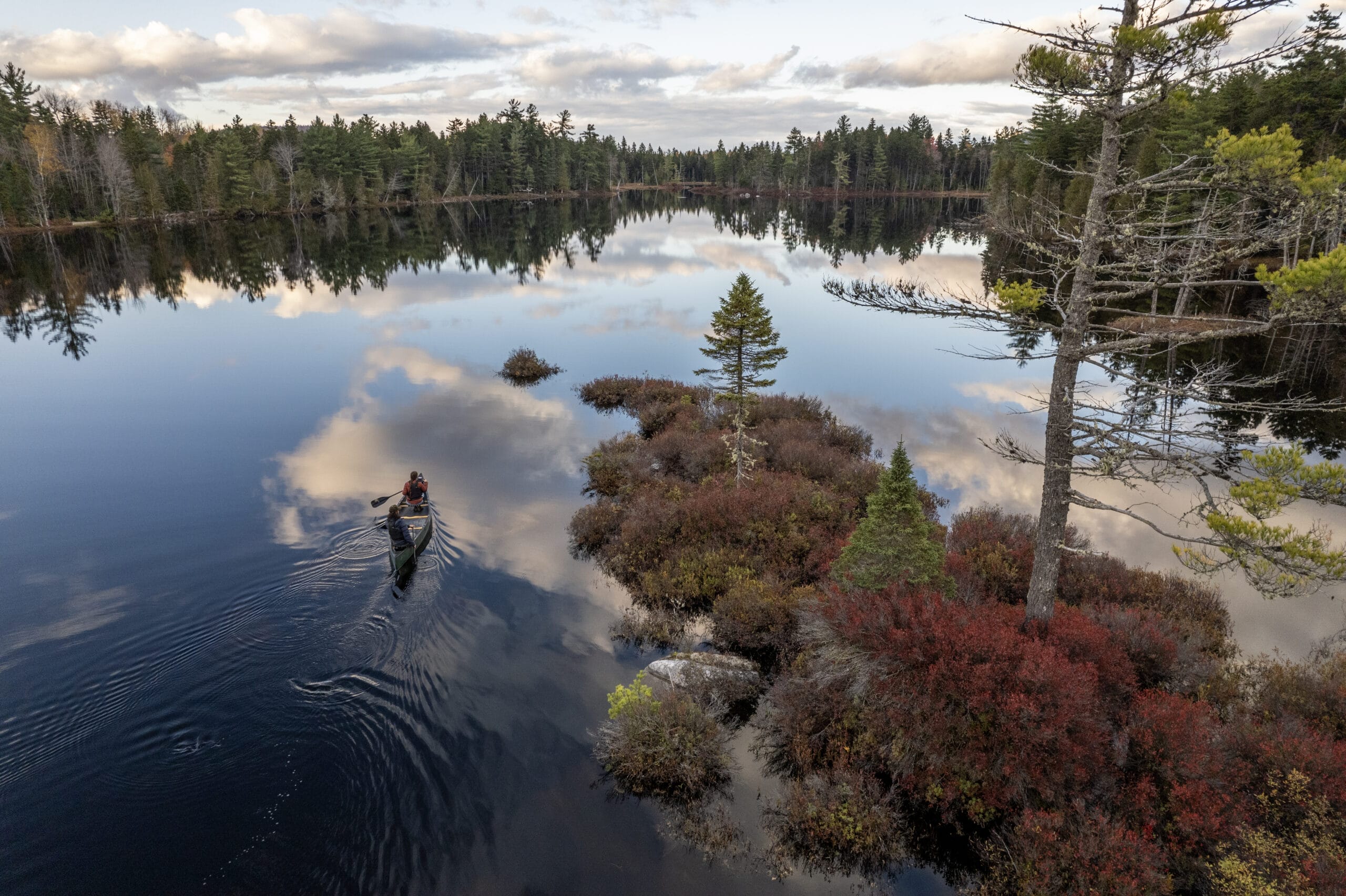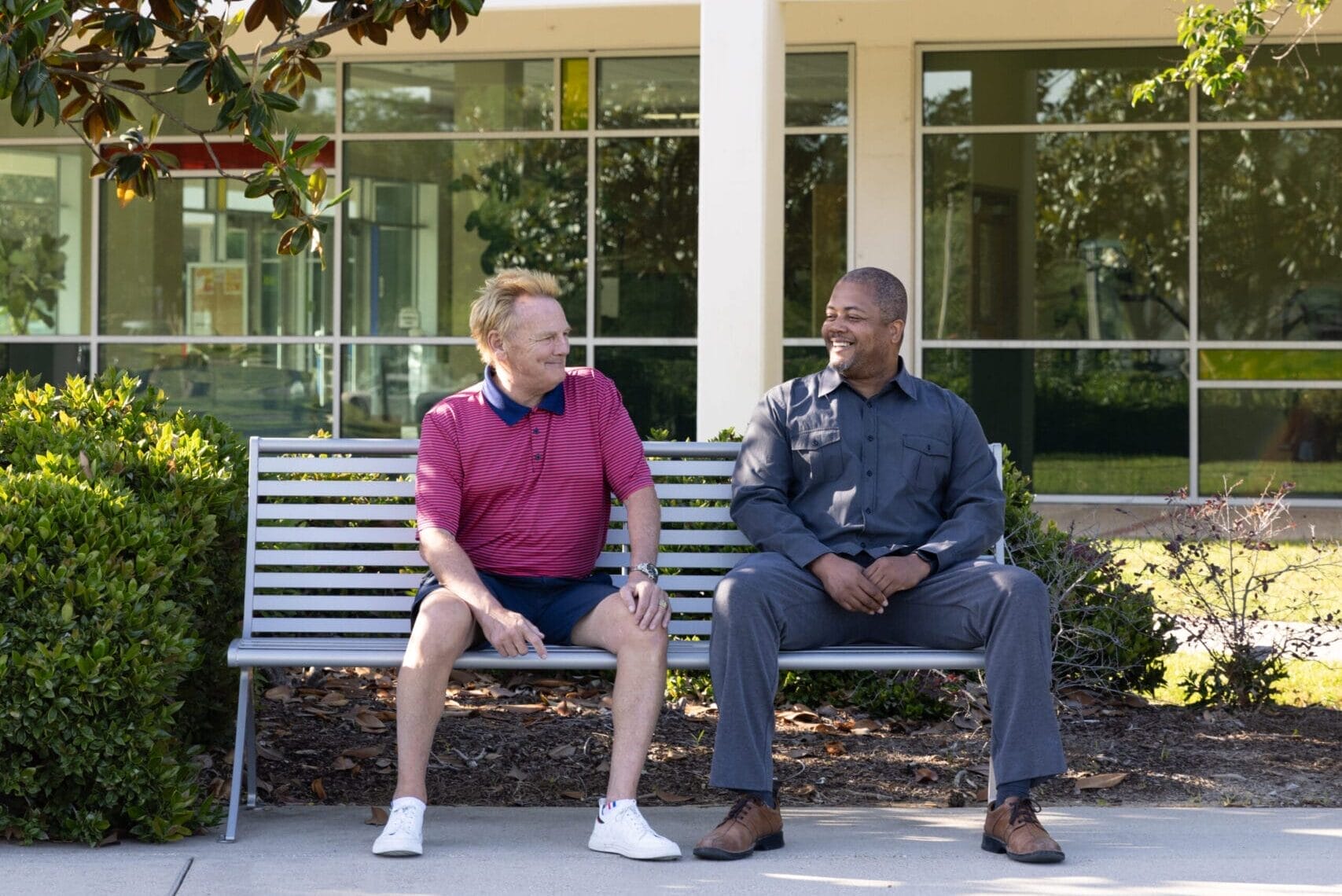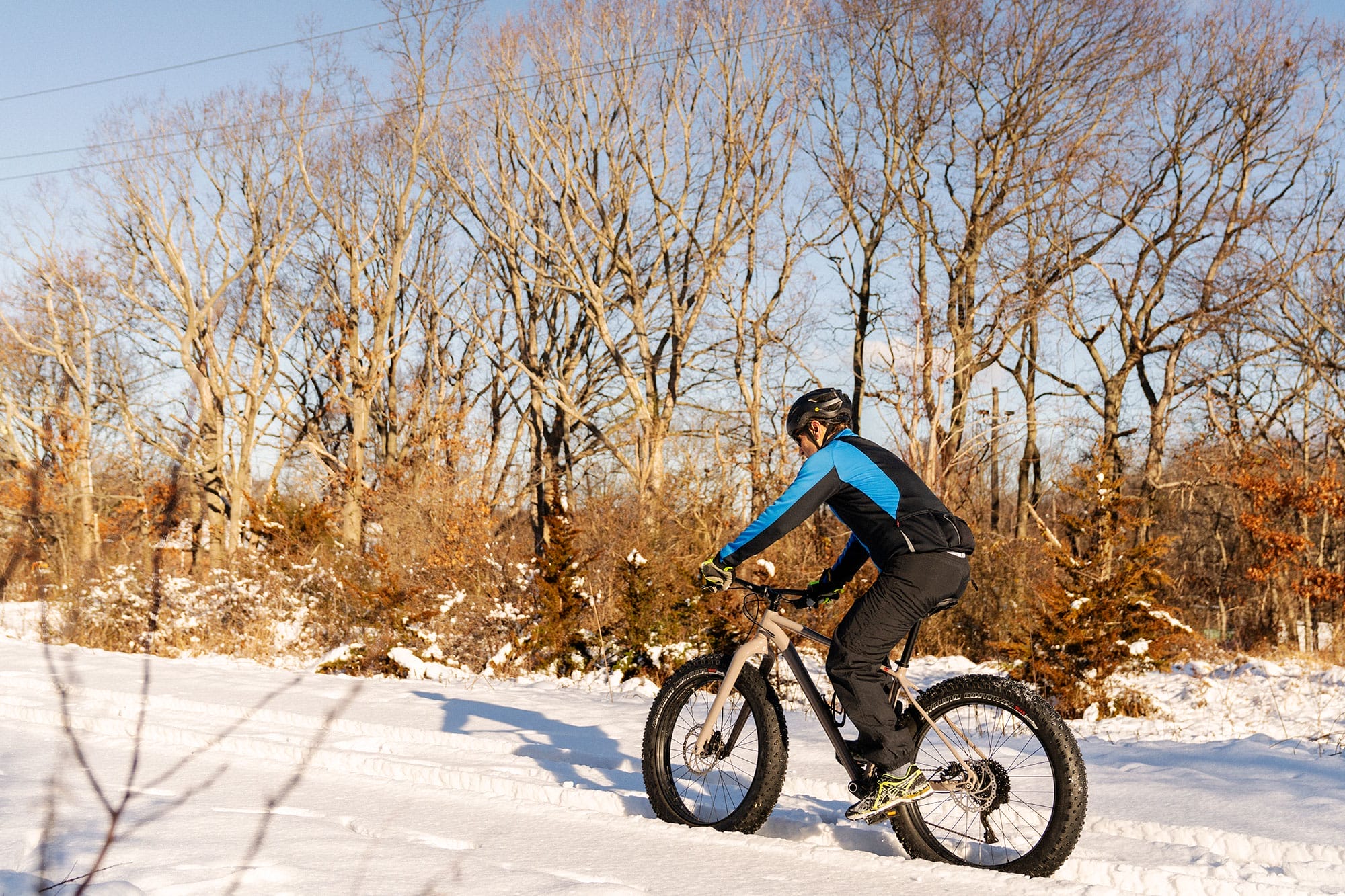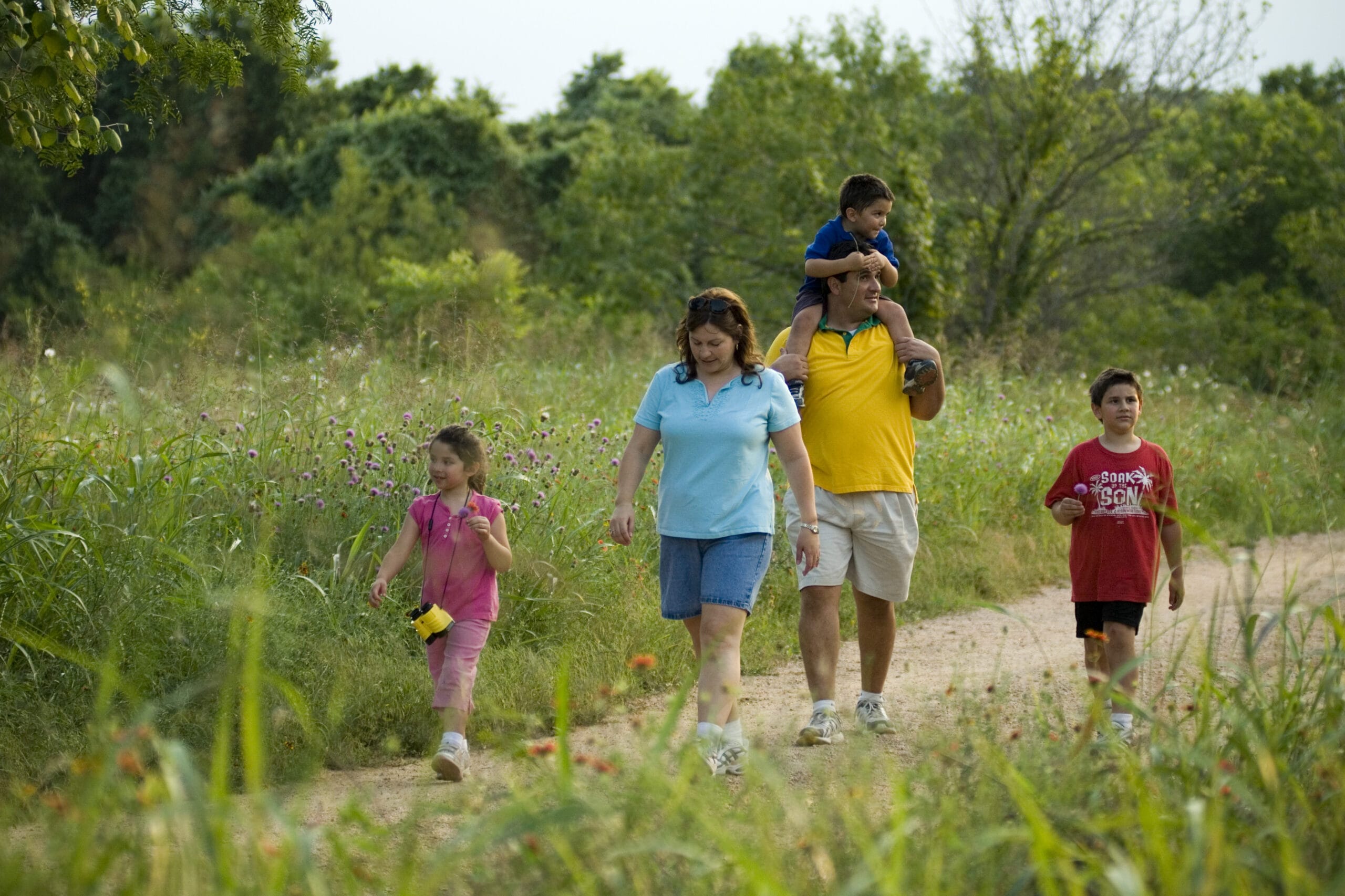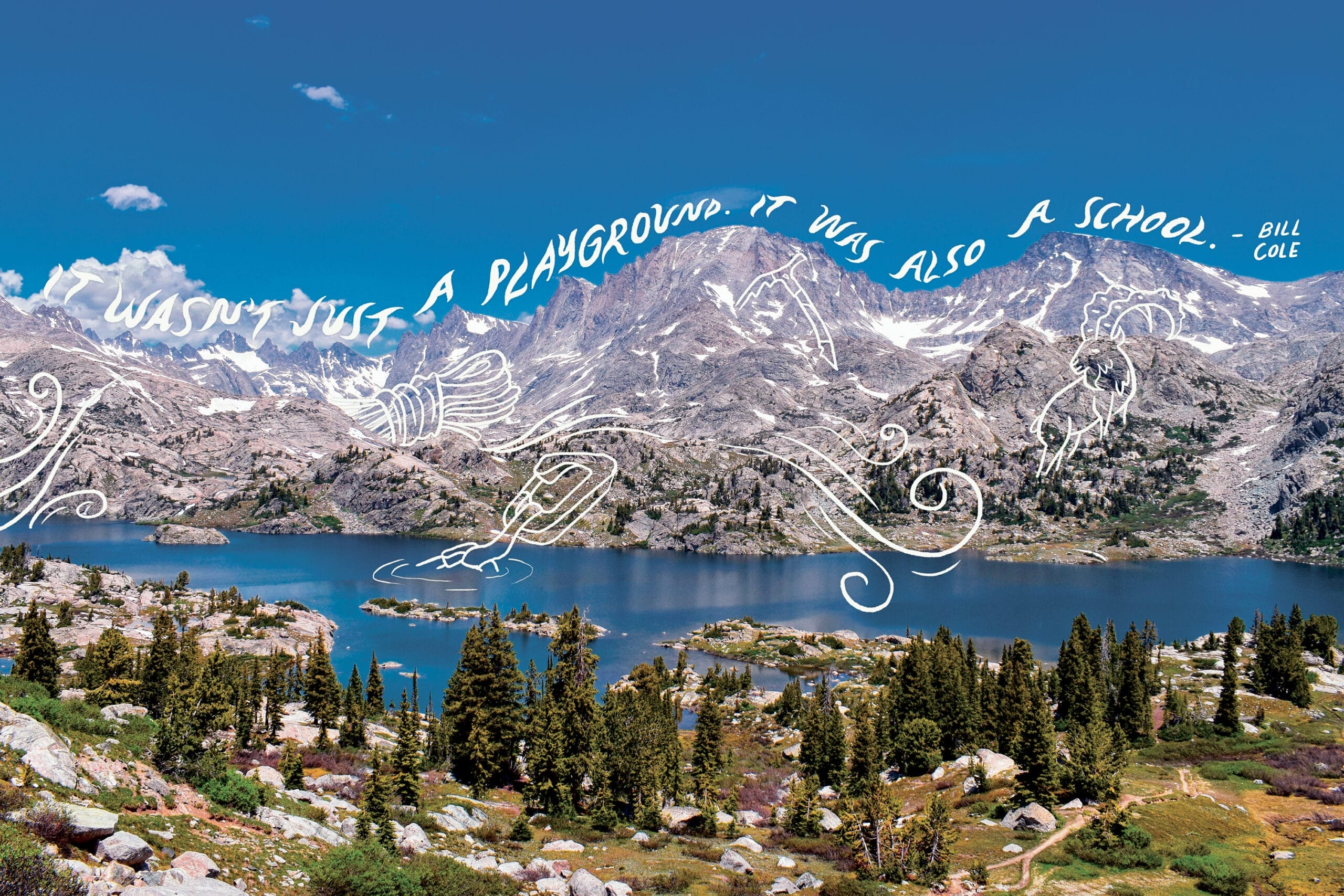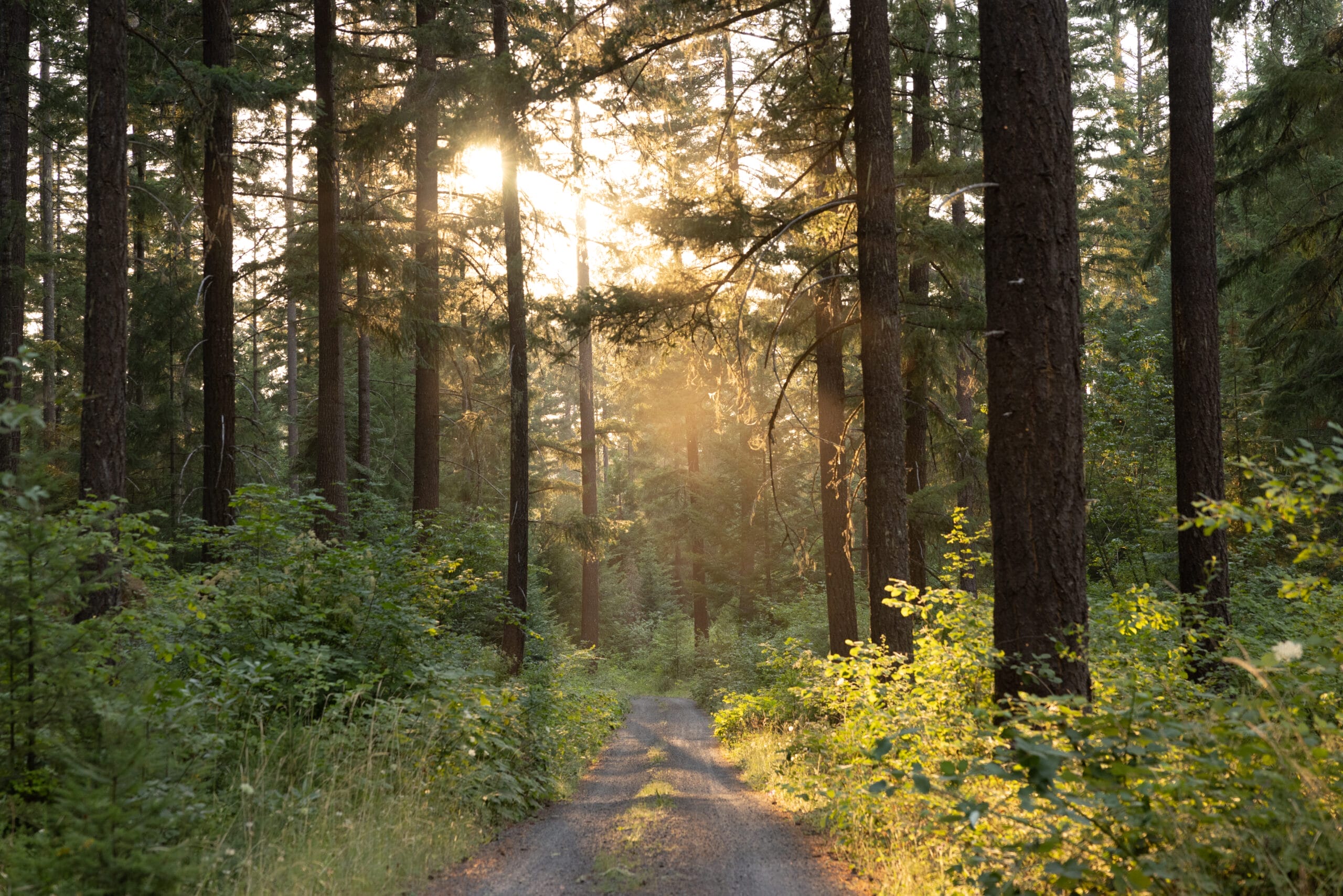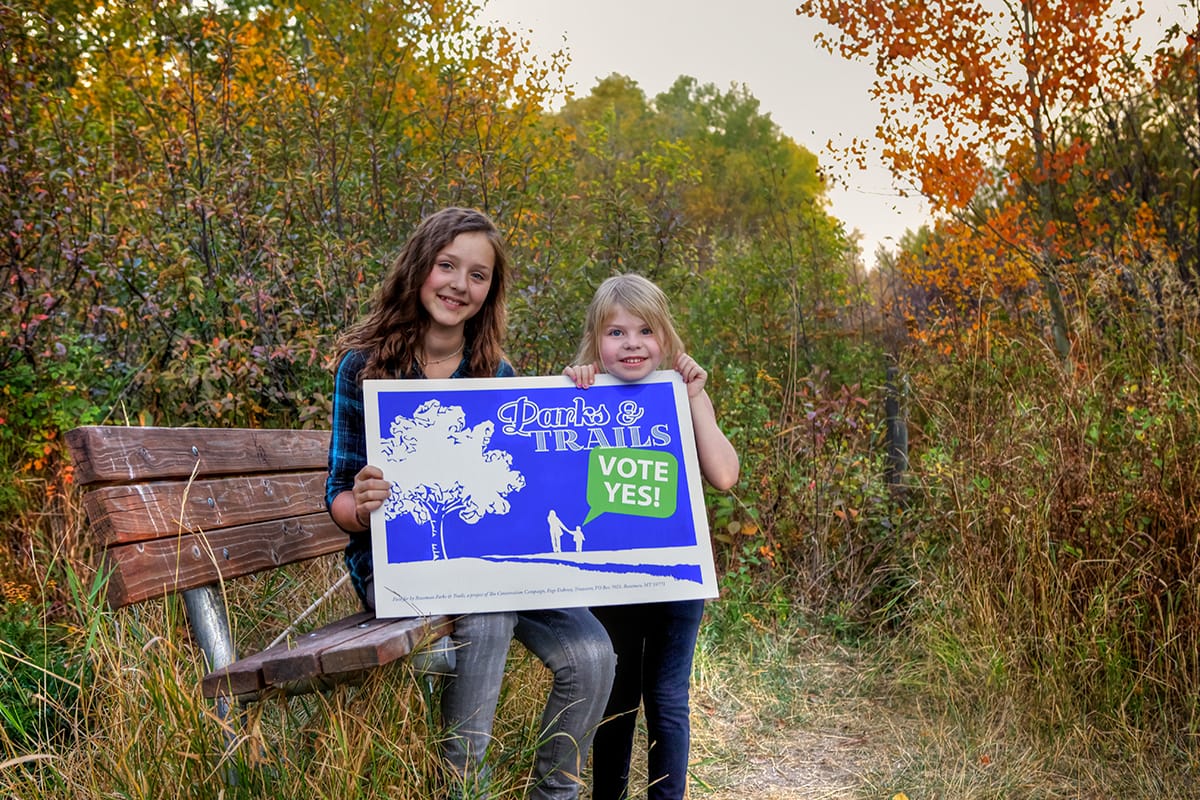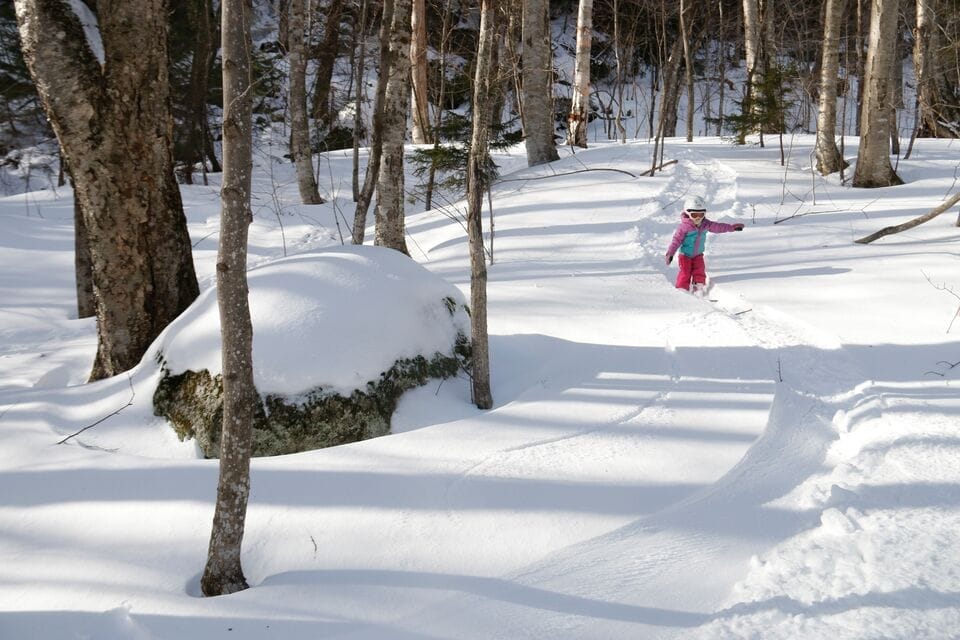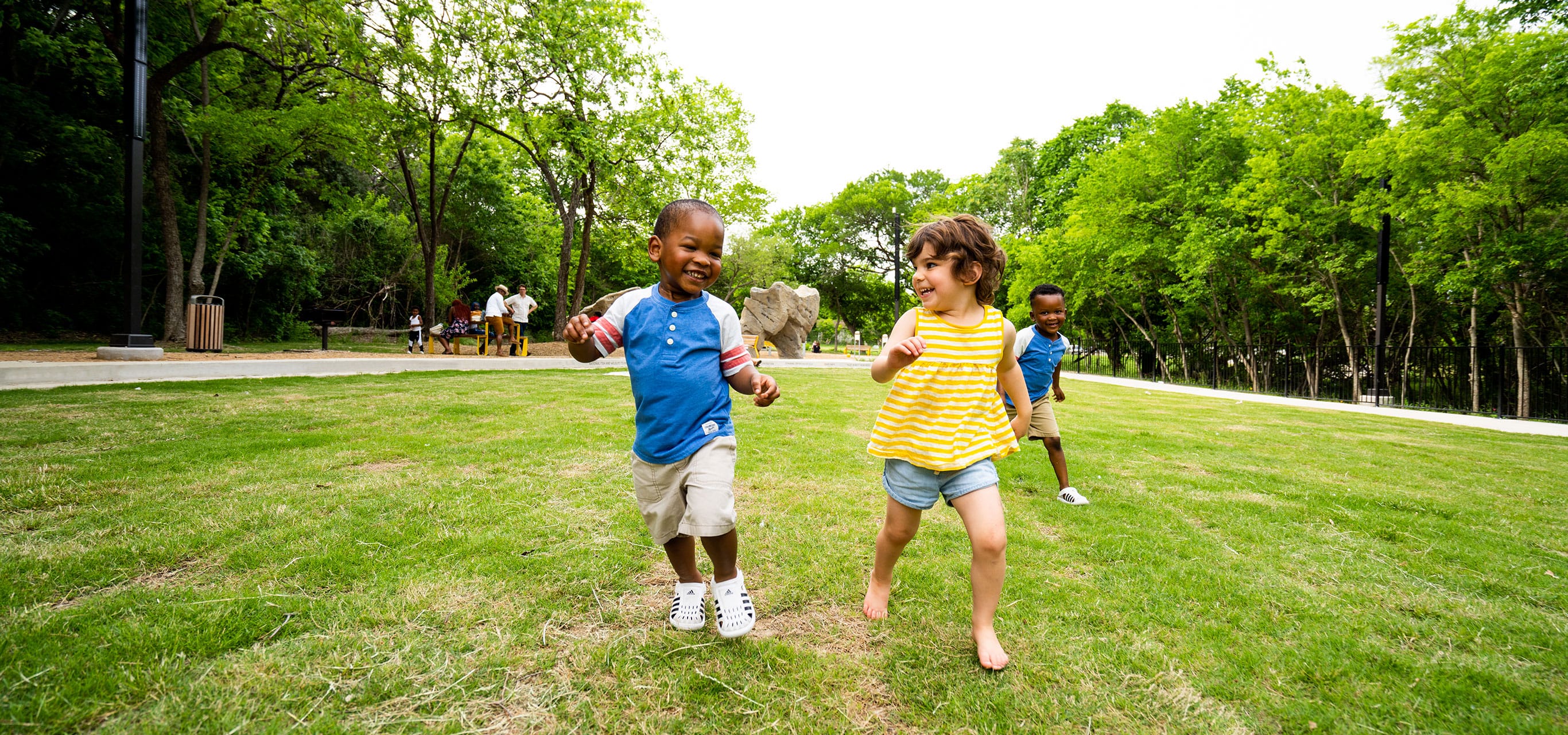
A park fit for Queens
A park fit for Queens
In New York City, we’re moving full steam ahead on a railway reinvention—spearheading the effort to create the QueensWay, an innovative multi-use path and trail that will connect communities to green space, and each other. We asked our director of city park development Adrian Benepe for the inside scoop on what the project will mean for Queens.
What's the latest news on the QueensWay proposal?
The Trust for Public Land was just awarded a $467,000 economic development grant from the New York State Office of Parks, Recreation and Historic Preservation. We're combining that with some locally-raised private funding to conduct a preliminary study to assess the environmental impact, to do outreach with the local community, and to look at the physical needs of the site. We'll also do a preliminary analysis of the bridge structures and come up with the outlines for a conceptual design.
How would the QueensWay compare to the High Line?
In some ways the QueensWay is like the High Line and in other ways it's different. The Highline goes through a very densely populated area of lower Manhattan and it's completely elevated—more than 30 feet in the air. The QueensWay has three different segments: one elevated about 17 feet above the ground, another below grade that travels through a park and down a ravine, and then another on top of a trestle with a building and commercial space operating beneath it.
Unlike the High Line, the QueensWay will have a significant recreational component. Large segments of it will have bicycle paths and other forms of active recreation opportunities. It passes through residential areas with adjoining family homes and it also passes through commercial areas. A fairly well-developed volunteer woodlands lies along long stretches of it. So in places it's quite bucolic; it has less of the gritty urban sense the High Line has. The High Line is very much of the city, and the QueensWay will be of the community.
How do you think the community will benefit from the QueensWay?
Manhattan has had a number of miles of continuous bicycle paths developed along its rivers edge, but that has only happened in small bits and pieces in Queens, so this would be the longest continuous bicycle and recreation path in Queens. People are excited about it; the QueensWay has a great deal of support from the local community. It all started with an advocacy group, Friends of the QueensWay, which has about 2500 members.
Do you think people will use it for commuting?
A: Yes, very possibly, because the southern end of the path is industrial and has corporate offices and is connected with Kennedy Airport and the northern end is residential. So, I could definitely see people using it for commuting. It's also a good way for people to get to Forest Park, one of Queen's largest—and hardest to get to—parks. Forest Park is a long walk or ride from any neighborhoods and there aren't any protected bike lanes on the way. With its protected bicycle path, The QueensWay will enable many local families to ride or walk to the park without having to confront the potential dangers of city streets.
What about economic benefits? Will the QueensWay improve the local economy?
More than likely. You know, we've seen businesses spring up next to our other rail-to-trail conversions—even rural ones. If the QueensWay is quite busy, businesses will naturally be attracted to the area. The Trust for Public Land will work with the Queens Chamber of Commerce and others to attract the different kinds of ethnic food restaurants that make Queens a popular dining destination and get some push carts or trucks or booths along the trail. We're also looking to work with local cultural and art institutions to program the QueensWay with temporary public art installations. Queens is probably the most diverse of all the boroughs, in terms of nationality and ethnicity and background—many young families and new immigrants. There are probably people from more than 180 different countries living in Queens. The QueensWay should reflect—and celebrate—that diversity.
That sounds like a nice way to spend a day. So what excites you most about the QueensWay?
It's a chance to provide something for Queens which it otherwise might not get—a long, linear park and recreational trail. It's the idea of bringing together parks and the outdoors and fitness and green infrastructure and the arts and food all in one continuous public park experience, and giving another reason for people and families to want to live and work in New York.
A small group of people oppose the project. What are your thoughts on the opposition?
A small number of people would like to see the old rail line reactivated. But it was shut down more than 50 years ago because of low ridership and is basically in a state of dilapidation. It would take a lot of expense for very little practical impact to reactivate these three and a half miles.
The other opposition comes from people whose homes back up onto the defunct rail line who are concerned about having less privacy or other possible security concerns. The reality, though, is that it's an abandoned rail line and isn't secured in any way right now. What would in fact make it safer would be to have a lot of positive recreation on it. I think the homeowners, once they understand what's happening, will see that having access to the QueensWay is likely to raise their property values.
It seems like the QueensWay would be an amenity for a homeowner.
Yes. People up and down the High Line are marketing their properties as being connected to the High Line or near the High Line in the same way that a vacation home in Cape Cod advertises as being next to the Cape Cod Rail Trail. Generally these parks are perceived as amenities wherever they're created. City residents often have a natural apprehension, a likelihood to say "Don't change anything," at least at first. But there's already a lot support coming from the Friends of the QueensWay, the Queens Borough president, and a city council member.
Why is The Trust for Public Land uniquely qualified to help develop this project?
The Trust for Public Land has a great deal of experience with the specific issue of rail-to-trail conversions, whether it's Atlanta's Belt Line, Chicago's Bloomingdale Trail, the Pinellas Trail in Florida, the Westside Trail in Ohio, or the many other rails-to-trails projects we've worked on. The Trust for Public Land has been working in New York for a long time—we have a track record of successful partnership with the Department of Education, and with the Parks Department, and other city agencies to convert underused school yards into full use playgrounds. We have a reputation here in New York for getting things done.
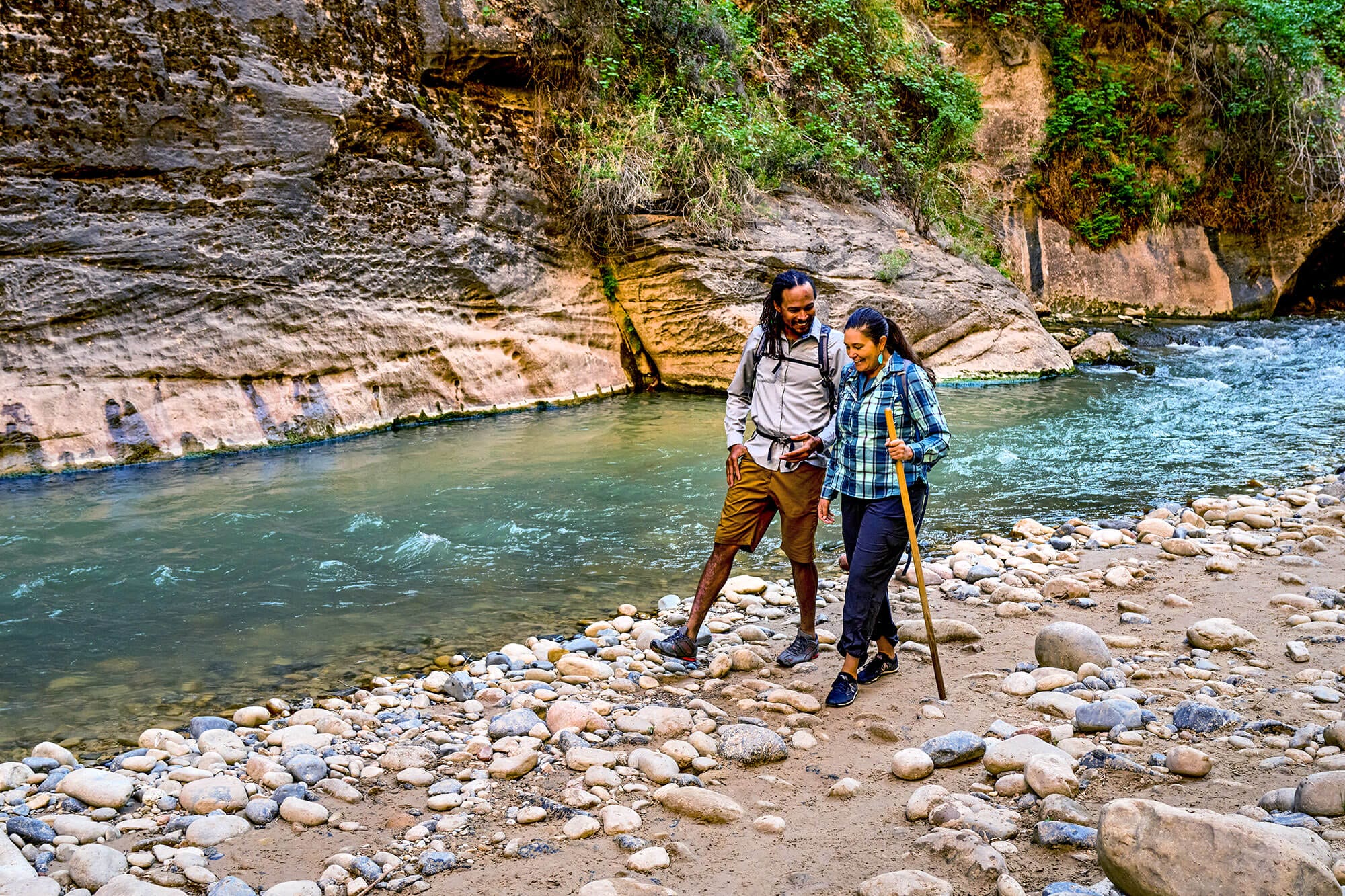
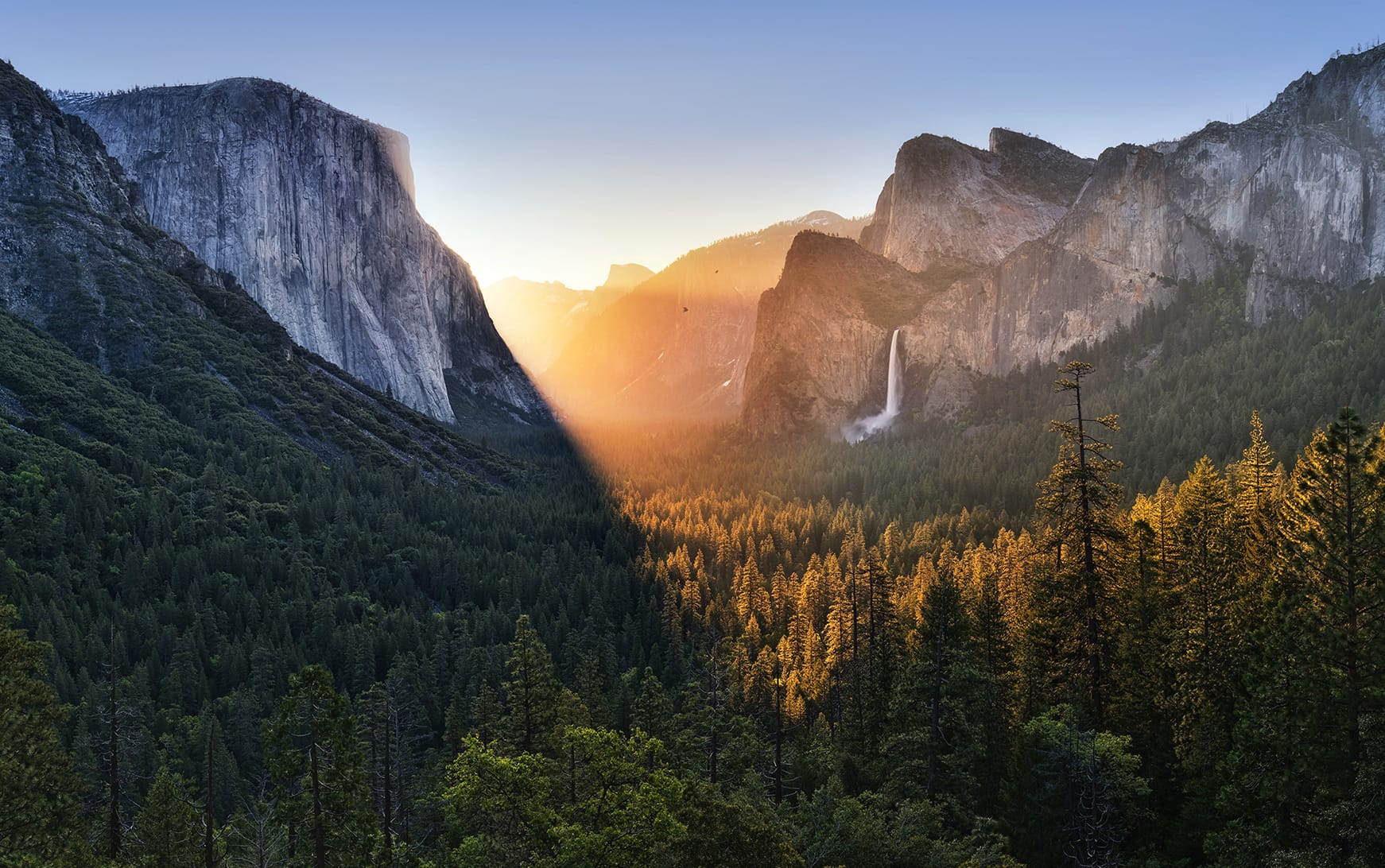
Donate to become a member, and you’ll receive a subscription to Land&People magazine, our biannual publication featuring exclusive, inspiring stories about our work connecting everyone to the outdoors.
See how our supporters are helping us connect people to the outdoors across the country.



